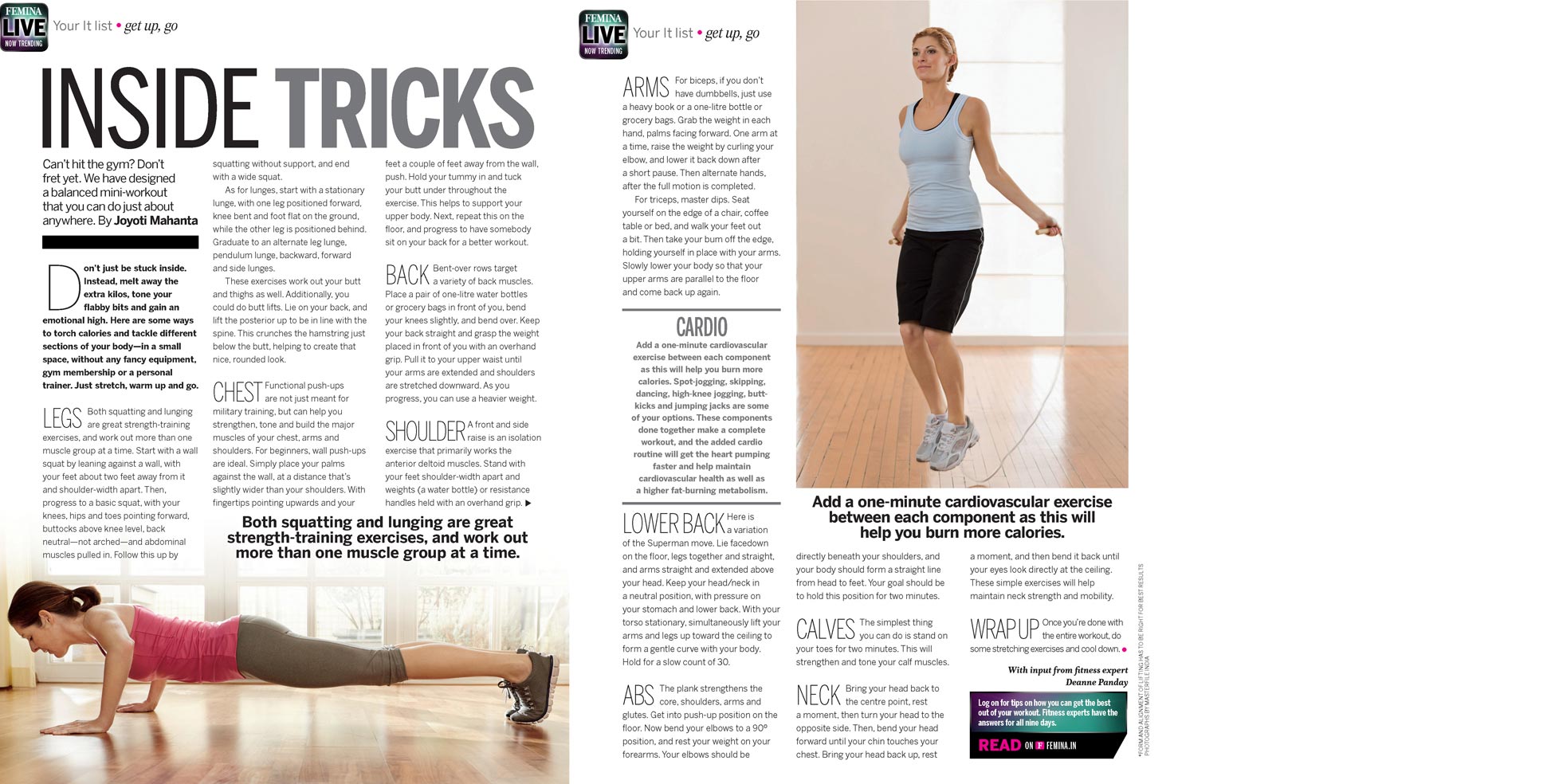Cardiovascular exercise primarily strengthens your heart. Activities like running, swimming, and cycling fall into this category.
Cardiovascular exercise, also known as cardio or aerobic exercise, is crucial for heart health. It helps improve the efficiency of your heart, lungs, and circulatory system. Regular cardio workouts can reduce the risk of heart disease, improve blood circulation, and enhance overall cardiovascular fitness.
Engaging in activities such as running, swimming, and cycling increases your heart rate, promoting stronger heart muscles. It is essential to incorporate at least 150 minutes of moderate-intensity or 75 minutes of high-intensity cardio each week. This routine not only strengthens your heart but also boosts your mood, energy levels, and overall well-being.

Credit: www.everydayhealth.com
The Role Of Cardio In Heart Health
Cardio exercise is essential for a healthy heart. It involves activities that increase your heart rate. This type of exercise strengthens your heart muscles. It helps improve blood circulation throughout your body. Regular cardio can reduce the risk of heart disease.
Benefits Of Aerobic Exercise
Aerobic exercise benefits your heart in many ways:
- Improves blood flow: It helps your heart pump more efficiently.
- Lowers blood pressure: Regular cardio can help reduce high blood pressure.
- Reduces bad cholesterol: It helps lower LDL cholesterol levels.
- Increases good cholesterol: It raises HDL cholesterol levels.
- Helps weight management: It aids in burning calories and maintaining a healthy weight.
Popular Cardio Activities
There are various cardio activities you can try:
- Running: Great for building endurance and burning calories.
- Swimming: Low-impact and works multiple muscle groups.
- Cycling: Excellent for lower body strength and stamina.
- Jumping rope: Simple yet effective for a quick cardio boost.
- Dancing: Fun way to increase heart rate and improve coordination.
| Activity | Calories Burned (per hour) |
|---|---|
| Running | 600-800 |
| Swimming | 400-600 |
| Cycling | 500-700 |
| Jumping Rope | 600-900 |
| Dancing | 300-500 |
High-intensity Interval Training (hiit)
High-Intensity Interval Training (HIIT) is a workout method. It alternates between intense bursts of activity and fixed periods of less-intense activity or rest. This type of exercise is efficient and effective. It helps in burning calories and improving cardiovascular health.
How Hiit Works
HIIT involves short, intense exercise bursts. These are followed by brief recovery periods. The goal is to push your heart rate up. Then, let it drop slightly during rest.
- Warm-up: 5 minutes of light exercise.
- Intense exercise: 30 seconds to 1 minute.
- Recovery: 1 to 2 minutes of rest.
- Repeat: 6 to 10 cycles.
- Cool down: 5 minutes of light exercise.
Impact On Heart Strength
HIIT significantly boosts heart health. It improves cardiovascular fitness. The heart becomes more efficient. It pumps blood with less effort.
Studies show HIIT can increase VO2 max. This is the maximum oxygen your body can use. A higher VO2 max means better heart health.
| Exercise Type | Heart Benefits |
|---|---|
| HIIT | Improved cardiovascular efficiency, increased VO2 max |
| Steady-State Cardio | Improved endurance, moderate heart health benefits |
HIIT also helps in reducing blood pressure. It lowers bad cholesterol levels. This reduces the risk of heart disease.
Consistency is key. Regular HIIT sessions offer the best heart benefits. Aim for 3 to 4 HIIT workouts per week.
Steady-state Vs. Interval Training
Exercise is vital for a healthy heart. Two popular types include steady-state and interval training. Steady-state involves maintaining a constant pace. Interval training alternates between high and low intensity. Both methods offer unique benefits for heart health.
Pros And Cons
Steady-State Training:
- Pros:
- Easy for beginners
- Less risk of injury
- Improves endurance
- Cons:
- Can be monotonous
- Lower calorie burn
- May not improve speed
Interval Training:
- Pros:
- Burns more calories
- Improves speed
- Boosts metabolism
- Cons:
- Higher risk of injury
- More challenging for beginners
- Requires more recovery time
Which Is Better For The Heart?
Both training methods offer heart benefits. Steady-state training improves overall endurance. Interval training enhances cardiovascular efficiency. Interval training often results in a greater heart workout due to varied intensity.
A study from the American Heart Association found interval training improves heart function. Yet, steady-state training offers consistent, sustainable benefits. The best choice depends on personal fitness levels and goals.
Combining both methods can offer comprehensive heart benefits. Variety keeps your workouts interesting and effective. Choose the method that suits your lifestyle and preferences.
Strength Training And Heart Health
Strength training isn’t just for building muscles. It also helps your heart. Regular strength training can make your heart stronger. This type of exercise improves overall cardiovascular health.
Indirect Benefits
Strength training has many indirect benefits for the heart. It helps with weight management. When you lift weights, you burn calories. This helps in keeping a healthy weight.
Strength training also reduces stress. Less stress means a healthier heart. It improves sleep quality. Better sleep can lead to a healthier heart.
Another benefit is lower blood pressure. Regular strength training can help maintain normal blood pressure levels.
Best Practices
Follow these best practices for effective strength training:
- Warm up before starting.
- Use proper form to avoid injuries.
- Start with lighter weights.
- Gradually increase the weight.
- Rest between sets.
- Cool down after your session.
Consult a doctor before starting any new exercise routine. This ensures you are in good health to begin strength training.
Flexibility And Heart Function
Flexibility exercises are essential for overall health. They help improve your heart’s function. Stretching and other flexibility routines can enhance blood flow. They also reduce strain on your heart.
Connection Between Flexibility And Heart Health
Flexibility exercises relax your blood vessels. This allows better blood flow. Your heart then pumps more efficiently. Flexible muscles mean less work for your heart. This reduces the risk of heart disease.
Studies show that flexibility can improve heart rate. It also helps in lowering blood pressure. This is vital for a healthy heart.
Recommended Activities
Some activities are great for improving flexibility and heart health:
- Yoga: Enhances flexibility and reduces stress.
- Pilates: Strengthens the core and improves muscle flexibility.
- Stretching: Simple stretches can relax muscles and improve blood flow.
- Tai Chi: Gentle movements that enhance flexibility and reduce heart strain.
These activities should be done regularly. They can be done at home or in a class. Aim for at least 30 minutes a day.
| Activity | Benefits |
|---|---|
| Yoga | Improves flexibility and reduces stress. |
| Pilates | Strengthens the core and improves flexibility. |
| Stretching | Relaxes muscles and improves blood flow. |
| Tai Chi | Enhances flexibility and reduces heart strain. |

Credit: www.healthline.com
Monitoring Heart Health During Exercise
It’s essential to monitor heart health during exercise. This ensures safety and effectiveness. Keeping an eye on your heart rate helps you adjust your workout intensity. It also helps in achieving cardiovascular benefits without overexertion.
Importance Of Heart Rate Monitoring
Heart rate monitoring is crucial for several reasons:
- Prevents overtraining: Helps avoid pushing your heart too hard.
- Tracks progress: Measures improvements in cardiovascular fitness.
- Customizes workouts: Tailors exercise intensity to individual needs.
Tools And Techniques
Various tools and techniques can help in monitoring heart rate:
| Tool | Features | Benefits |
|---|---|---|
| Heart Rate Monitors | Continuous tracking, real-time data | Provides accurate measurements |
| Fitness Apps | Tracks activity, integrates with wearables | Offers detailed insights |
| Smartwatches | Heart rate, GPS, activity tracking | Convenient and multi-functional |
Using these tools, you can monitor your heart health effectively. Simple techniques include:
- Checking your pulse manually.
- Using chest strap monitors.
- Utilizing wrist-based sensors.
Regular monitoring ensures you stay in the optimal heart rate zone. This enhances cardiovascular benefits and promotes overall heart health.
Combining Exercises For Optimal Heart Strength
Strengthening your heart requires a mix of different exercises. Each type targets specific aspects of cardiovascular health. A balanced routine ensures your heart gets the full range of benefits. Let’s explore how to combine exercises for the best results.
Creating A Balanced Routine
A balanced routine includes cardio, strength training, and flexibility exercises. Each component plays a unique role in heart health:
- Cardio improves heart rate and circulation.
- Strength training helps the heart pump more efficiently.
- Flexibility exercises reduce stiffness, aiding in better overall movement.
Combining these exercises ensures your heart works at its best.
Sample Exercise Plans
Here are some sample exercise plans to get you started:
| Day | Exercise Type | Activities |
|---|---|---|
| Monday | Cardio | Running, Cycling |
| Tuesday | Strength Training | Weight Lifting, Resistance Bands |
| Wednesday | Flexibility | Yoga, Stretching |
| Thursday | Cardio | Swimming, Jump Rope |
| Friday | Strength Training | Bodyweight Exercises, Dumbbells |
| Saturday | Flexibility | Pilates, Tai Chi |
| Sunday | Rest | Light Walking, Rest |
Consistency is key. Follow these plans for a healthier heart.

Credit: www.healthline.com
Nutrition And Heart Strength
Nutrition plays a vital role in strengthening your heart. The right diet can complement your exercise routine and enhance cardiovascular health. Below, we explore dietary choices and supplements that support heart health.
Dietary Choices That Support Exercise
Eating the right foods can make a big difference in heart health. Here are some dietary choices that support exercise and heart strength:
- Whole Grains: Foods like oats, quinoa, and brown rice are rich in fiber.
- Fruits and Vegetables: They are packed with vitamins, minerals, and antioxidants.
- Lean Proteins: Chicken, fish, and beans provide necessary proteins without extra fat.
- Healthy Fats: Avocados, nuts, and olive oil contain good fats that support heart health.
A balanced diet full of these foods can help you maintain a strong heart. It complements your exercise routine and improves overall well-being.
Supplements For Heart Health
Sometimes, our diet might lack essential nutrients. In such cases, supplements can help fill the gap. Here are some supplements that support heart health:
- Omega-3 Fatty Acids: Found in fish oil, they reduce inflammation and improve heart function.
- Coenzyme Q10: This antioxidant supports energy production in heart cells.
- Magnesium: It helps regulate blood pressure and supports muscle function.
- Vitamin D: Important for bone health and also supports heart function.
Consult with a healthcare provider before starting any supplements. They can guide you on the right dosage and ensure it fits your needs.
Frequently Asked Questions
Which Component Of Exercise Strengthens Your Heart?
Cardiovascular exercises, like running, swimming, and cycling, strengthen your heart. These activities improve heart health and endurance.
What Type Of Exercise Strengthens Your Heart?
Cardio exercises like walking, running, cycling, and swimming strengthen your heart. Aim for at least 150 minutes weekly.
Which Component Of Exercise Primarily Strengthens Your Heart Brainly?
Cardiovascular exercises primarily strengthen your heart. Activities like running, cycling, and swimming boost heart health effectively.
How Does Exercise Make Your Heart Stronger?
Exercise strengthens your heart by improving blood flow and oxygen delivery. It helps lower blood pressure and reduces stress. Regular activity increases your heart’s efficiency, making it pump more blood with less effort. This enhances overall cardiovascular health and endurance.
Conclusion
Cardiovascular exercises, such as running, swimming, and cycling, are key to strengthening your heart. Regular aerobic activity boosts heart health, enhances circulation, and reduces disease risk. Prioritize consistent cardio workouts for a healthier, stronger heart. Remember, a healthy heart leads to a more vibrant, active life.
Start incorporating heart-strengthening exercises today.


Comments are closed.